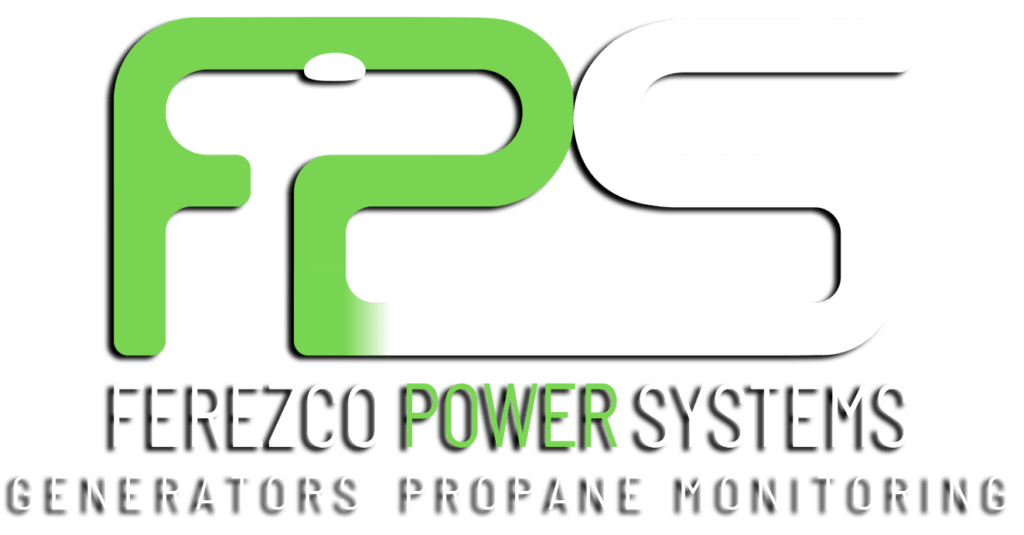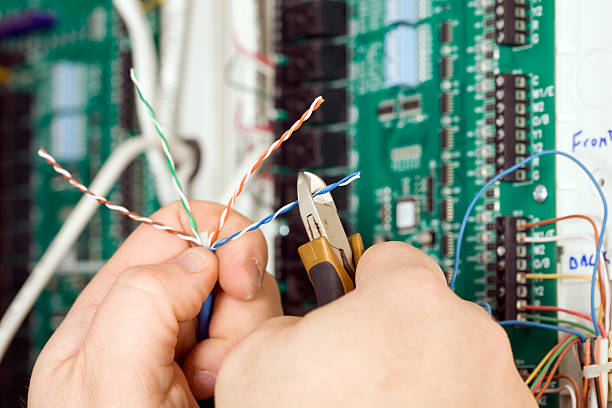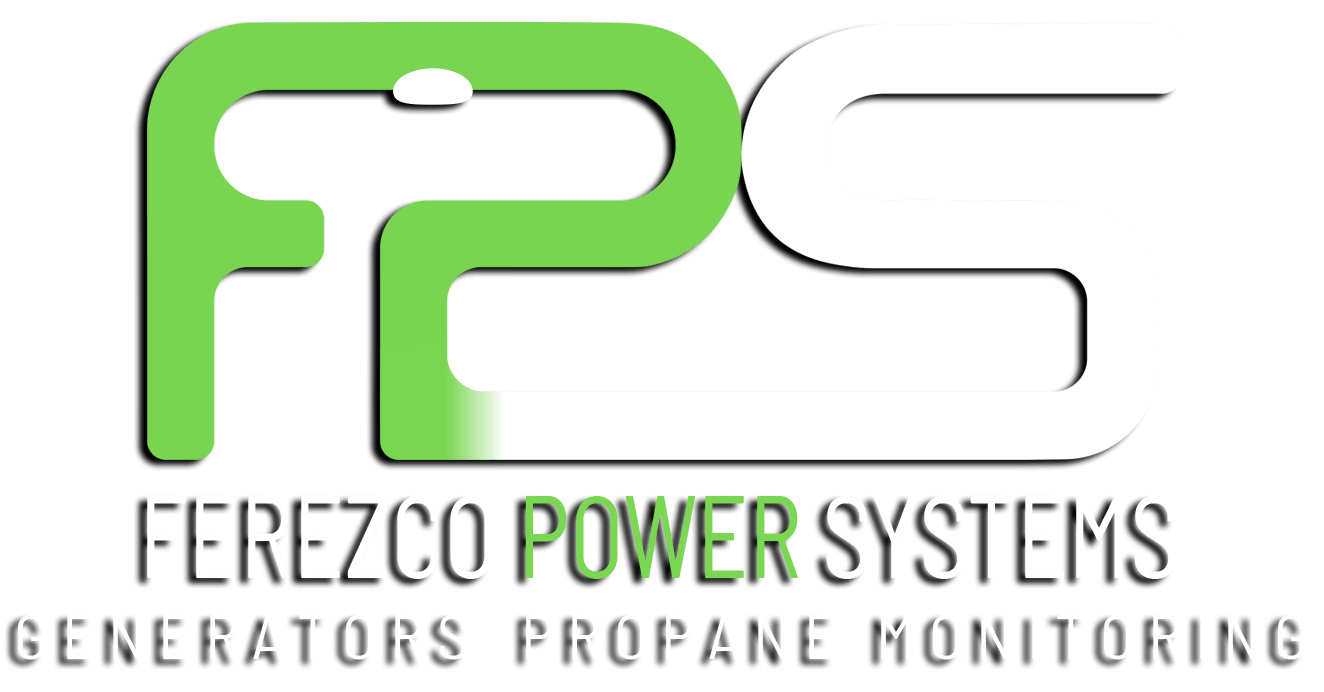Upgrading your home to a 220-volt electrical service can seem like a big step, but it’s a smart move if you need more power for your gadgets and appliances. With the help of Ferezco Power Systems, you can make this upgrade smoothly and safely. This guide will take you through why you might need a 220-volt supply, what you need to do to get one, and how to make sure everything works perfectly. Whether it’s for running heavy appliances like ACs and big fridges or if you’re just planning ahead for future needs, understanding how much voltage is required for your home is crucial. Let’s get started on making your home power-ready without any fuss!
Understanding Electrical Service Requirements
Upgrading your home to a 220-volt service is essential if you’re using heavy appliances like air conditioners and large refrigerators, which may require more power than the standard 110-volt line. This upgrade not only supports these appliances more efficiently but also helps prevent the frequent tripping of circuit breakers, indicating an overloaded system.
To determine if you need this upgrade, consider your current power usage. If you find that using multiple high-powered devices simultaneously leads to power issues, it’s a sign to consider upgrading. Ferezco Power Systems can professionally assess your home’s power needs and ensure that the upgrade to 220 volts is done safely and effectively.
They handle all technical aspects, including adjusting your wiring and circuits, to accommodate the new voltage level safely. This upgrade is a smart step to enhance your home’s electrical capability and safety, ensuring that your electrical system can handle your needs without any hitches.
Related: What Is the Most Common Problem with Generators?
Assessing Your Current Electrical System
Before you decide to upgrade your home to a 220-volt electrical service, it’s important to understand what you currently have and whether it’s capable of supporting your daily needs. This step is crucial because it ensures that your upgrade is necessary and that it will be effective once implemented.
Step 1: Examine Your Existing Wiring and Panel Firstly, look at your current electrical panel. Can it handle more circuits, or is it already full? If it’s an older panel, it might not support the upgrade without some changes. Panels in many older homes aren’t equipped to manage additional load, which could lead to safety hazards if not properly upgraded.
Step 2: Understand Your Power Usage Next, figure out how much power your household consumes, especially during peak times. This includes checking which appliances are used simultaneously and their voltage requirements. Common indicators that you might need more power include circuit breakers tripping frequently or appliances not running at full efficiency.
Step 3: Consult a Professional This is where Ferezco Power Systems comes in. They can conduct a detailed assessment of your home’s electrical system. Their experts will check your wiring, panel, and overall power usage. They will also look at safety features to ensure everything is up to code. This step is not just about upgrading but making sure that your home is safe and your electrical system is reliable.
Step 4: Receive Recommendations Based on the assessment, Ferezco Power Systems will recommend whether you truly need a 220-volt upgrade or if there are other solutions to your power issues. If an upgrade is advised, they will outline the best way to proceed, ensuring that the new system fits perfectly with your home’s current setup.
Upgrading to a 220-volt service isn’t a small decision, and it involves careful consideration of your current system’s capabilities and your future power needs. By thoroughly assessing these elements, you can make an informed decision that will enhance the efficiency and safety of your home’s electrical system.
Related: Electric Wires Simplified: Live Wire and Neutral Wire Explained
Planning the Upgrade
Upgrading your home to a 220-volt electrical service is a big step towards enhancing your daily life, especially if you use a lot of electrical appliances. It’s not just about adding more power; it’s about doing it the right way to ensure safety and efficiency. Here’s how you can plan this upgrade effectively with Ferezco Power Systems.
Step 1: Check Legal and Safety Requirements Before anything else, understand the local regulations. Upgrading your electrical system often requires permissions from local authorities to ensure that the changes meet safety standards. Ferezco Power Systems can help guide you through this process, ensuring all legal requirements are met.
Step 2: Evaluate Your Needs Consider why you need this upgrade. Which appliances require more power? How will these changes impact your electricity consumption? Answering these questions will help determine the scope of the upgrade. For instance, if you’re planning to buy an electric car or install a heavy-duty air conditioner, these are significant reasons to upgrade.
Step 3: Budget Planning Upgrades can vary in cost, depending on the complexity of the work and the quality of materials used. Prepare a budget with the help of Ferezco Power Systems, who can provide a detailed quote based on your specific needs. This will cover everything from new wiring and panels to additional safety features.
Step 4: Schedule the Work Decide on a timeline that causes minimal disruption to your daily routine. Ferezco Power Systems can work with you to set a schedule that fits around your lifestyle, aiming to complete the work quickly and efficiently.
Step 5: Prepare Your Home Before the work begins, prepare your home. This might involve clearing areas where electricians will work or planning for a short period without power. Ferezco Power Systems will guide you on all the preparations needed to make the process smooth and hassle-free.
Choosing the Right Equipment
When upgrading your home to a 220-volt electrical service, selecting the right equipment is crucial. Start by identifying exactly what you need, which typically includes a new circuit breaker, heavy-duty wiring, and outlets capable of handling the increased voltage. It’s essential to ensure these components are compatible with your existing electrical setup. Opting for high-quality equipment is vital, as it offers better durability, safety, and efficiency, reducing the risk of electrical problems in the future.
Consulting with a certified electrician is advisable; they can recommend the best brands and specific products that fit your home’s requirements and handle the higher voltage safely. Additionally, ensure that the new setup works seamlessly with your current appliances. Sometimes older appliances may require adjustments or additional configurations to work with a more powerful system. Lastly, the ease of installation should also be considered.
Equipment that comes with straightforward, clear instructions can simplify the installation process, minimize errors, and ensure safety. By taking these steps, you ensure a successful upgrade to 220 volts, enhancing your home’s electrical capability while ensuring it meets current and future demands efficiently.
Related: Don’t Get Shocked: 5 Electric Safety Tips You Need to Know
The Installation Process
Upgrading your home to a 220-volt electrical service is a significant step that needs careful planning and professional handling. Here’s how you can ensure the installation process goes smoothly, safely, and effectively.
Step 1: Choosing the Right Professionals The first and most crucial step is to hire a qualified and experienced electrician. It’s important to choose someone who has expertise in upgrading home electrical systems to 220 volts. A certified professional will know exactly how to manage the project from start to finish, ensuring that all work is up to code.
Step 2: Preparing Your Home Before the actual installation begins, you’ll need to prepare your home. This might mean clearing access to areas like your main electrical panel and any other places where work will happen. Make sure there’s enough space for the electrician to work safely.
Step 3: Installing New Components The electrician will start by installing a new circuit breaker that can handle 220 volts. They will also replace existing wiring with new, thicker wires that are capable of carrying higher voltage safely. New outlets may also be installed where necessary, particularly in locations where high-power appliances will operate.
Step 4: Ensuring Safety and Compliance Throughout the installation process, safety is paramount. Your electrician will conduct several tests to ensure that everything is functioning correctly and safely. This includes checking all connections and making sure that the new system complies with all local electrical codes and regulations.
Step 5: Final Checks and Testing Once everything is installed, a final series of checks and tests will be carried out to ensure that the entire system is safe and ready to use. This will involve testing the new circuit with various appliances to ensure they are receiving the correct voltage and operating efficiently.
Step 6: Guidance on Usage After the installation, your electrician should provide you with guidance on how to use your upgraded system safely and efficiently. This might include tips on managing your power usage and maintaining your new system to avoid any issues.
By following these steps, you can upgrade your home to a 220-volt electrical service confidently, knowing that the installation process was carried out professionally and safely, ready to handle your home’s energy needs.
Testing and Safety Checks
After upgrading your home to 220 volts, it’s crucial to ensure everything is safe and works correctly. The electrician will do several tests on the new system. They’ll check if all the new wiring and components, like the circuit breaker and outlets, are installed correctly and functioning safely. These tests are vital to make sure there are no electrical faults that could cause hazards. Finally, the electrician will double-check that everything meets the local safety regulations. This step is essential for your peace of mind, confirming that your home is ready to handle the increased voltage safely.
Maintaining Your 220-Volt System
Once your home is upgraded to a 220-volt system, regular maintenance is key to keeping it running smoothly and safely. Schedule yearly check-ups with a qualified electrician to inspect your system and fix any issues. Keep an eye on your electrical appliances and the performance of your system. If you notice anything unusual, like frequent breaker trips or flickering lights, call in a professional. This proactive approach helps prevent major repairs down the line and ensures your home’s electrical system remains efficient and safe for daily use.
Related: Different Types of Generators and Their Applications
Conclusion
Upgrading to a 220-volt electrical system in your home is a smart choice that brings more power and efficiency to your daily life. Remember, the key to a successful upgrade lies in careful planning, choosing the right equipment, professional installation, and regular maintenance. Make sure to have your system checked annually by a certified electrician to maintain its safety and functionality. With these steps, you can enjoy the full benefits of your upgraded system without worry, keeping your home powered effectively and safely. Embrace this change and see the difference in how your appliances perform with the proper voltage they need.




